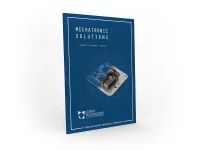Publications
Categories
- (34)
- (9)
- (3)
- (145)
- (18)
- (7)
- (5)
- (8)
- (9)
- (17)
- (2)
- (104)
- (7)
- (15)
- (7)
- (2)
- (1)
- (6)
- (155)
- (20)
- (2)
- (5)
- (111)
- (35)
- (11)
- (4)
- (59)
- (18)
- (3)
- (7)
- (62)
- (18)
- (5)
- (24)
- (7)
- (12)
- (1)
- (2)
- (2)
- (1)
- (1)
- (14)
- (13)
- (4)
- (6)
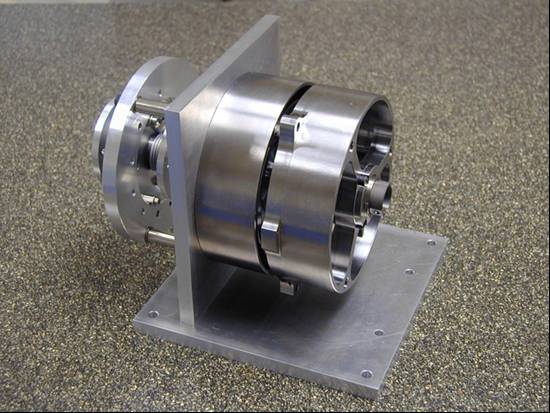
APA® based piezoelectric inchworm motor
11 January 2002
The focus of this research was to create a linear motor that could easily be packaged and still perform the same task of the current DC motor linear device. An incremental linear motor design was decided upon, for its flexibility in which the motor can be designed. To replace the current motor it was necessary to develop a high force, high speed incremental linear motor. To accomplish this task, piezoelectric actuators were utilized to drive the motor due their fast response times and high force capabilities.
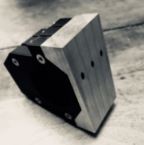
Ongoing progress in flow control actuators and required drive electronics
6 February 2020
In the frame of the Cleansky 2 projects SYNJET3C and FLOCOS, CEDRAT TECHNOLOGIES (CTEC) and TRISITEC are collaborating with both FRAUNHOFER and ONERA institutes, two major European research leaders in the development of Synthetic Jet Actuators (SJA) for Aerospace applications. While SYNJET3C project is dedicated to SJA mechanical designs and optimisation, as well as testing including wind tunnel tests, FLOCOS project is dedicated to the design and manufacturing of a specific SJA drive Electronic called SADS (Synthetic Jet Actuator Drive System).
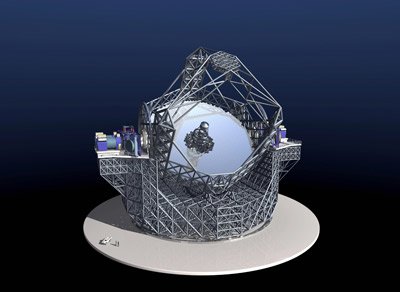
OPTITEC is a shining light of French photonics
19 June 2023
The south of France is home to a thriving optics and photonocs community. Belle Dumé talks to key players to find out the benefits of living and working in the land of light.
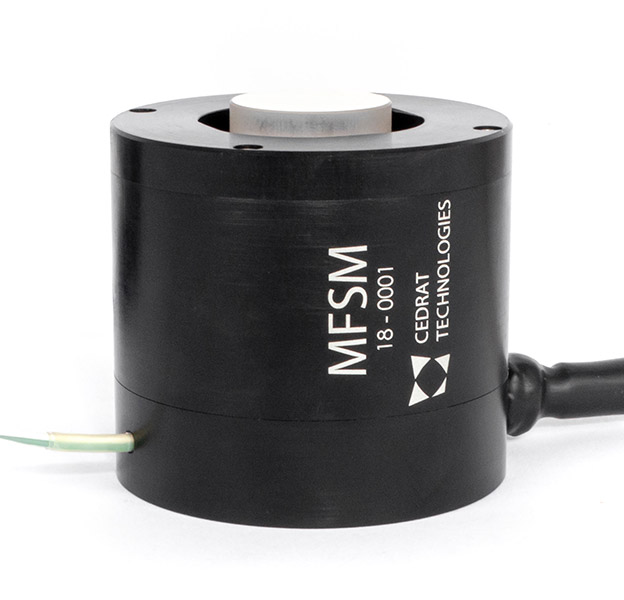
P-FSM150S and M-FSM45 For large scale free space optical communication
8 September 2022
In this publication CEDRAT TECHNOLOGIES (CTEC) presents the design and test results of the P-FSM150S Pointing Ahead Mechanism (PAM) and M-FSM45 Fast Steering Mirror (FSM) Engineering Models, developed under ARTES project TELCO-B for future FSO constellations. The specific cost-efficient hardware design is presented, dedicated to very large quantities to be manufactured, together with the performance test results over a preliminary batch of EM’s production.
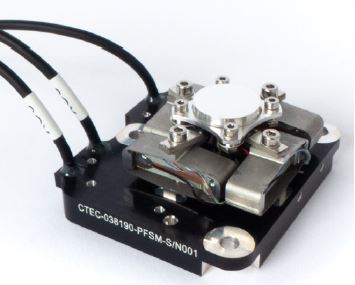
P-FSM150S Fast Steering Mirror for Optical Space Constellations
8 September 2022
New space giant constellations based on Free-Space Optical Communication (FSO) are a new challenge from many perspectives. Considering the mandatory cost efficiency, with repeatability of performances, and reliability with no defect at customer integration, requires an upheaval in space production and acceptance test methods, when the quantities are
beyond several thousands of units. Starting from the former PYSCHE PAM30 flight project heritage for Deep Space
Optical Communication (DSOC), CEDRAT TECHNOLOGIES (CTEC) presents the new design and test results of the
P-FSM150S Fast Steering Mirror (FSM) Engineering Models, developed under ARTES project TELCO-B for future FSO
constellations.
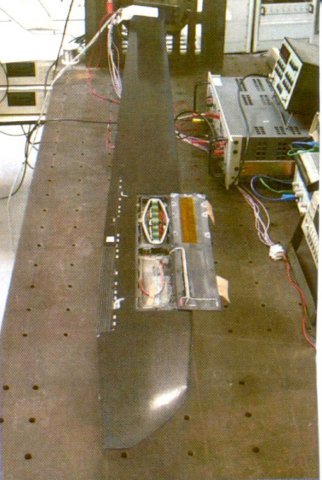
Pale Active Helicoptere APA air cosmos
19 June 2023
Onera is participating in all-out research to make helicopters quieter. Objective: noise 8 dB lower than ICAO standards.


